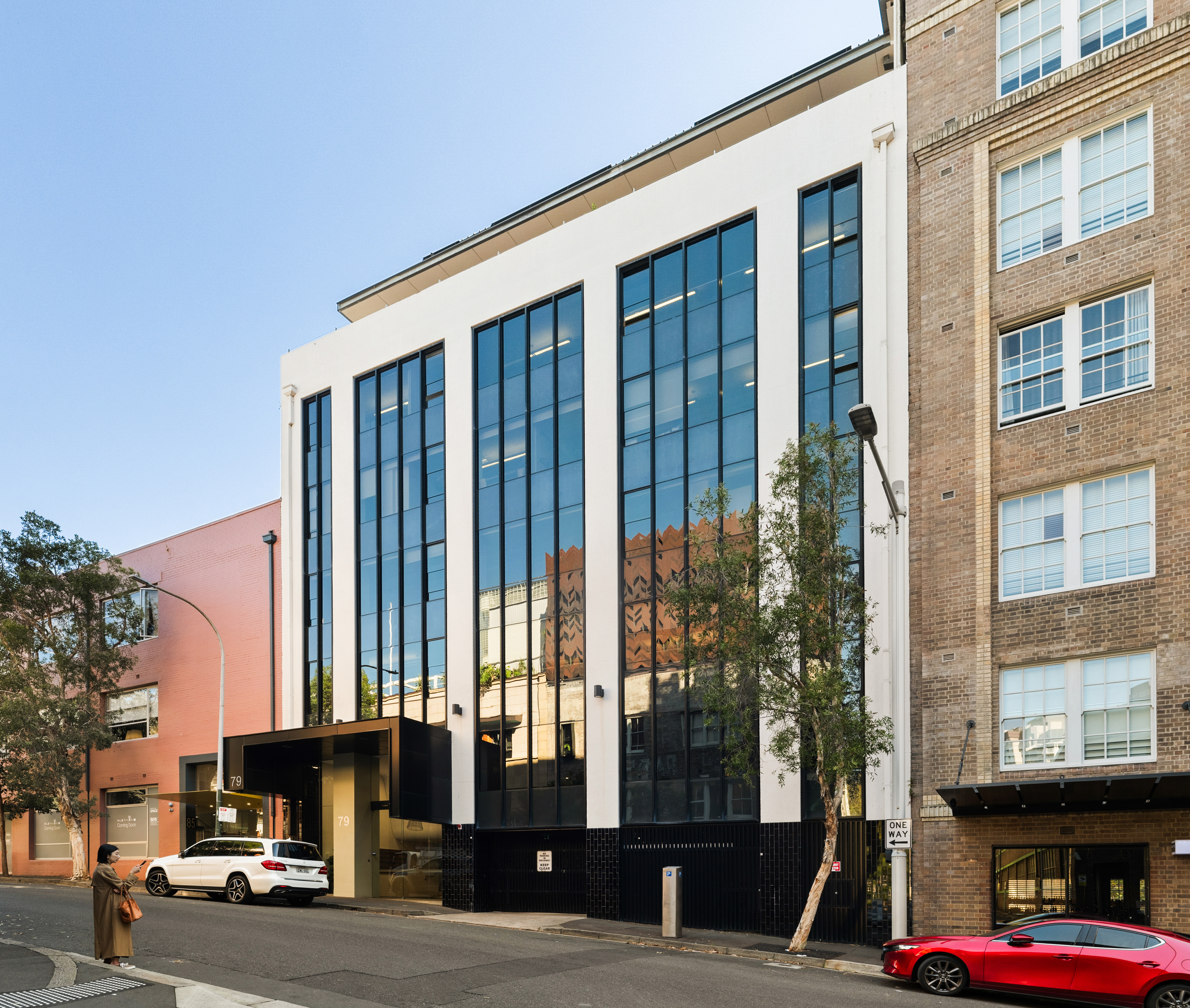Five trends that shaped real estate in 2022
In a year of transformation, a few stand-out areas will have lasting impacts
The last few years changed how we work, challenged supply chains, rallied companies behind sustainability goals, and pushed once niche real estate markets into the mainstream.
While 2022 was slated to be another year of transformation, not everything unfolded exactly as expected. The inability of global central banks to quickly tame inflation caught some off guard, as did a deeper rooting of hybrid work patterns. Sustainability initiatives and the technology adaptation continued apace, although companies shifted priorities towards cost savings toward the end of the year.
Because what comes next is always based on what happened before, let’s dig into the trends that left their mark on real estate in 2022.
Hybrid work remains
Wavering predictions about what defines the office were solidified in 2022. Despite a creeping return to the office, hybrid work remained a sturdy feature of corporate life and has become a non-negotiable component of the new “social contract” that employees seek.
A JLL survey revealed 77% of company leaders believe offering remote work is critical to attracting and retaining talent. And more than half of those surveyed planned to incorporate remote working for all employees by 2025.
The sweeping changes to when and where employees work have already brought about renewed interest in flexible workspaces rooted in hotel-like amenities and reframed the purpose of the physical office as a place of collaboration.
“What people realized during the pandemic is that they can execute the work from home as well,” JLL Global President and CEO Christian Ulbrich told Yahoo Finance Live in August. “Just to do your work, that’s not a reason to come back into the office. It’s about collaboration. It’s about innovation. And so, you have to create an environment which is more attractive in the office than to work from somewhere else.”
Sustainability: we’re not doing enough
Proposed regulations and pressure from key players, such as investors and employees, made sustainability a top priority for business leaders in 2022. The year saw business leaders setting clear net zero dates, building owners partnering with tenants to track data better, and efforts made to phase out gas and diesel from buildings.
However, if one thing is clear following COP27, the world’s most important annual climate conference, it’s that the built environment still has work to be done to be a part of a net zero future. Although more companies are making commitments to decarbonize their real estate, it’s yet to translate into tangible action, says Nidhi Baiswar, Senior Director – Global Sustainability and Climate Leadership, JLL.
COP27 talks stressed the need for retrofitting older buildings to become more energy efficient, embedding measures such as green lease clauses early on so that new construction doesn’t undermine energy-saving measures, and using evidence-based climate action plans to protect communities, infrastructure, and buildings from extreme weather events, higher temperatures, rising sea levels, and biodiversity loss.
“Put simply, we are not doing enough,” Baiswar says. “The proof will be in the next 12 months when there’s a stock take on what governments and corporates have actually achieved - not just what they say they will.”
Looking for more insights? Never miss an update.
The latest news, insights and opportunities from global commercial real estate markets straight to your inbox.
Macroeconomic worries hit investment
As inflation rose higher in 2022, central banks raised interest rates at the most forceful pace in over a decade. By November, the U.S. central bank had brought benchmark interest rate to a target range of 3.74% - 4%, the highest since early 2008.
Investors grew cautious . According to JLL data, global direct investment in real estate during the third quarter was US$234 billion, a drop of 24% from the same period last year.
“Many investors remain cautious and are delaying decision-making,” says Sean Coghlan, global head of capital markets research and strategy at JLL. “In most markets across the globe, repricing of transactions is now common, and a prolonged period of price discovery is impacting investment conditions.”
There were sectors that broke from the pack. For instance, investment in retail and hotels rose 19% and 7%, respectively, in the third quarter.
Niche to mainstream
The global pandemic accelerated many real estate market trends that have been developing incrementally in recent years. For example, once niche sectors like data centers and life sciences moved closer to the mainstream.
While less than what was seen during the peak of 2021, a still historically high $21.5 billion was doled out to life science startups through August 2022 and social media and hyperscale market expansions led exponential growth in the data center sector.
The trend doesn’t appear to be reversing any time soon. JLL’s 2022 Lab Sciences Lab Real Estate Outlook found the industry is better positioned than most because of its countercyclical drivers.
In turn, developers took innovative approaches to keep up with the rapidly evolving sector, including financing, and the sector itself move out of clusters into parts of town often more synonymous with financial services.
“Large city office landlords are opening their door to life sciences companies and institutions, who are in turn in search of one key attribute: talent,” explains Alistair Meadows, JLL’s head of Life Sciences, Capital Markets EMEA. “It’s the main motivation.”
For the data center sector, JLL data states that significant hyperscale investment globally, an unprecedented amount of capital is being invested in data center space. Through the first half of 2022, M&A activity was steady, and deals exceeded $24 billion.
“The combination of increased hyperscale demand and longer lead times to deliver power in scale has resulted in an extraordinary amount of pre-leasing commitments across the country,” said Carl Beardsley, Senior Director, JLL Capital Markets. “The long-term investment opportunity remains attractive as the world’s data needs continue to grow exponentially, limited only by power and land availability to scale further.”
Investment Opportunities
Tech addresses challenge areas
Whether it is managing supply chains, collecting and analyzing data to reach climate and ESG goals, or adjusting to a hybrid work model, 2022 saw an increased demand for technology solutions in commercial real estate.
The year saw PropTech become widely adopted in part because of the rapid transition over to remote work. And bundled technology quickly rose to the top of the list of what tenants wanted from landlords. AI software to help with tasks ranging from analyzing building functions to organizing tasks rose in popularity.
Even the metaverse rose up the agenda, with over half of companies planning to introduce immersive technologies and virtual reality by 2025, according to a survey conducted by JLL. Companies facing a raft of issues around collaboration, productivity, employee wellness and talent retention are also looking at the metaverse as a potential solution – with big firms like Accenture, JPMorgan, and Deloitte already in the space.
“From the way we play games, shop and even exercise, immersive experiences are making their way into our lives,” says Sam Lavers, Director of Global Alliances at JLL Technologies (JLLT). “I think it’s just a matter of time until we’re regularly working in the metaverse.”
Contact Sean Coghlan
Global Head of Capital Markets Research and Strategy at JLLWhat’s your investment ambition?
Uncover opportunities and capital sources all over the world and discover how we can help you achieve your investment goals.




